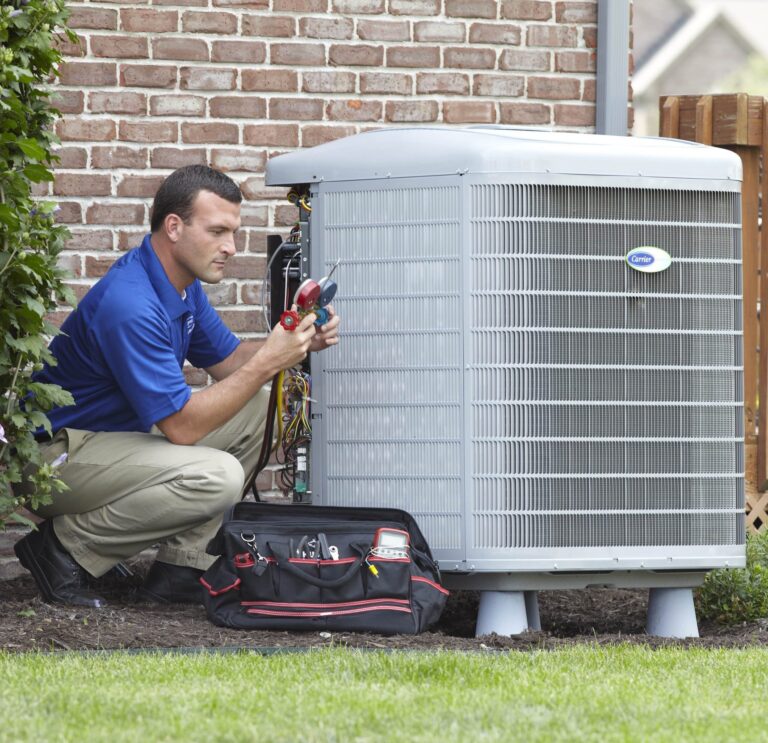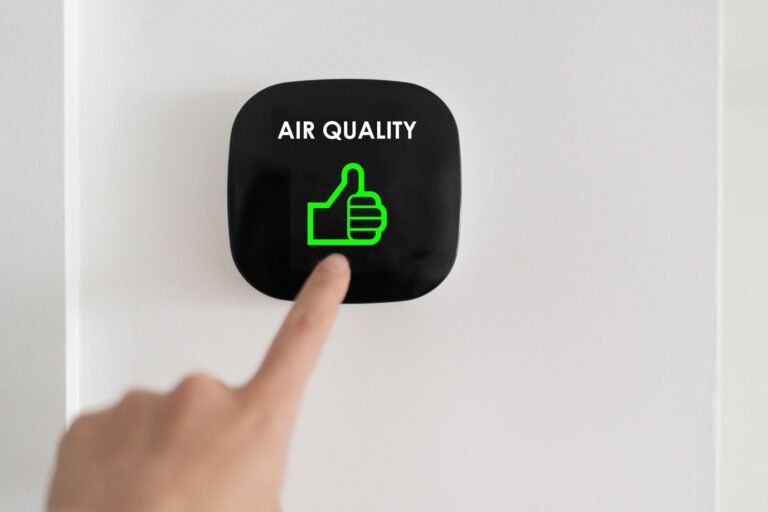Why Is My Furnace Not Turning On?
Your furnace is one of the most critical components of keeping your home warm and cozy during the colder months. But if it suddenly refuses to turn on, it can feel like an emergency. While it’s easy to panic, some furnace issues are relatively minor and can be resolved without calling a professional. However, there are some situations where expert maintenance, repairs, or even replacement might be necessary.
This guide will help you troubleshoot common furnace problems, understand when it’s time to call an expert, and make informed decisions about repairs or replacements.
Common Reasons Your Furnace Isn’t Turning On
If your furnace isn’t firing up, don’t jump to conclusions—it could be something simple. Start with these common culprits to see if you can resolve the issue on your own.
1. The Thermostat Is Set Incorrectly
The thermostat is the “brain” of your heating system, and an incorrect setting can sometimes cause the furnace not to turn on.
- What to Check:
- Is the thermostat set to “Heat”?
- Is the temperature setting higher than the current room temperature?
- Are the batteries in the thermostat functioning properly?
- Quick Fix:
Replace the batteries if needed, ensure it’s set to “Heat,” and raise the temperature a few degrees higher than the room temperature to kickstart the furnace.
2. Power Supply Issues
A furnace won’t operate without a reliable power source, even if it’s gas-powered.
- What to Check:
- Have you checked the circuit breaker?
- Is the power switch near your furnace turned on?
- Quick Fix:
Reset a tripped breaker or flip the power switch if it’s off. If it trips again, you may have an electrical issue that requires professional help.
3. Clogged Air Filters
Dirty air filters block airflow, which can cause your furnace to overheat and shut down as a safety precaution.
- What to Check:
- Does your filter look dirty, clogged, or dusty?
- Quick Fix:
Switch out the old filter for a new one. Most filters need replacement every 1–3 months, depending on usage and whether you have pets or allergies.
4. Pilot Light or Ignition Issues
Older furnaces rely on a pilot light, while newer models feature electronic ignition systems to ignite the burners. If either of these fails, your furnace won’t turn on.
- What to Check:
- For older furnaces, check if the pilot light is out.
- For newer models, see if error codes are displayed. These codes are often on the control panel.
- Quick Fix:
For a pilot light, follow your manufacturer’s instructions to relight it. If the ignition system appears faulty, it’s best to call an HVAC technician.
5. Gas Supply Issues
A gas furnace needs an uninterrupted supply of fuel to operate.
- What to Check:
- Is the gas valve on?
- Have you paid your gas bill, and is your gas supply active?
- Quick Fix:
Ensure the gas valve is set to the “on” position and confirm with your gas provider that there are no interruptions in service. If you smell gas, leave your house immediately and call your gas company or emergency services.
6. Faulty Blower Motor or Fan Limit Switch
The blower motor pushes warm air through your home, and the fan limit switch monitors temperature. If either is faulty, the furnace may not work correctly.
- What to Check:
- Listen for unusual noises when the furnace tries to start.
- Watch for error codes that might specify an issue with the motor or switch.
- Quick Fix:
Unfortunately, these issues require professional repair or replacement.
When to Call a Professional
While many furnace issues are solvable with simple fixes, some problems require the expertise of a certified HVAC technician at United Pro Solutions.
1. You Suspect a Gas Leak
Gas leaks are dangerous and can lead to explosions or carbon monoxide poisoning. If you smell gas, evacuate your home immediately and call your gas company or emergency services.
2. The Furnace Still Won’t Turn On
If you’ve tried all the troubleshooting steps and your furnace still isn’t working, a professional can diagnose the issue and provide the appropriate solution.
3. Frequent Cycling Issues
If your furnace keeps turning on and off frequently (known as short cycling), it could mean there’s a bigger issue, such as a thermostat malfunction or improper airflow.
4. Strange Noises or Smells
Banging, screeching, or rattling noises can indicate mechanical problems, while unusual smells might mean a gas or electrical issue.
5. Your Furnace Is Over 15 Years Old
Furnaces typically last around 15–20 years. If your system is nearing the end of its lifespan, frequent breakdowns might mean it’s time for a replacement.
6. Your Energy Bills Have Skyrocketed
If your heating bills have spiked suddenly without explanation, your furnace might be running inefficiently and could benefit from professional maintenance or replacement.
Should You Repair or Replace Your Furnace?
Sometimes, a professional may recommend replacing your furnace instead of repairing it. Here’s how to decide what’s best.
Repair Your Furnace If:
- It’s relatively new (less than 10 years old).
- Repairs cost less than one-third of the replacement cost.
- You haven’t previously experienced any major repairs.
Replace Your Furnace If:
- The system is over 15 years old and inefficient.
- You’ve faced repeated breakdowns or expensive repairs.
- It uses outdated technology or doesn’t meet current energy efficiency standards.
Investing in a new furnace may come with upfront costs, but it can save you money in the long run through lower energy bills and fewer repair visits.
Keep Your Furnace Running Smoothly
Once your furnace is back in action, here are a few tips to keep it running efficiently year-round.
- Schedule Regular Maintenance: Annual tune-ups can prevent many common issues.
- Change Filters Often: Replacing air filters regularly ensures healthy airflow and reduces wear on your furnace.
- Seal and Insulate Ducts: Properly sealed and insulated ducts improve overall efficiency and maintain consistent temperatures.
- Monitor Your Thermostat Settings: Use a programmable thermostat, and don’t set the temperature too high to avoid overworking your system.
Stay Warm This Winter
A furnace that refuses to turn on during the colder months can be stressful, but with these troubleshooting steps, you’ll be one step closer to solving the problem. By staying proactive with maintenance and knowing when to call a professional, you can ensure your home stays warm and comfortable all winter long.
Need further assistance? It may be time to reach out to an HVAC technician at United Pro Solutions for peace of mind.




